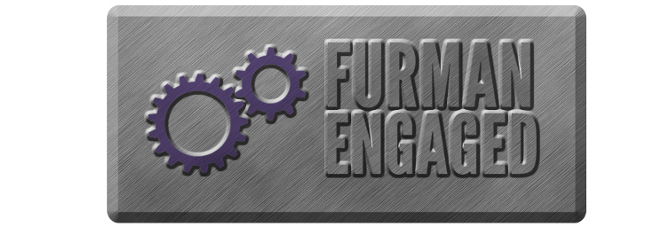Graphitic carbon nitride synthesis by templating on colloidal silica
Department, Center, or Institute
Physics
Presentation Format
Poster (less than 64")
Presentation Type
Research
Description
Hydrogen and methane are two substitutes for current fossil fuels used in automobiles. Currently, to store these gasses requires bulky, thick walled, high pressure tanks. This presents a problem in the automobile design because these tanks are cannot conform to the available space in the chassis of the car. Packing a tank with an adsorbent material allows for conformability in the tank shape, and stores more gas at lower pressures. Some adsorbent materials that have been successful in this endeavor are activated carbons and metal organic frameworks. Graphitic carbon nitrides (GCN) have been shown to have a high differential enthalpy of adsorption (strong binding of hydrogen and methane) in comparison to activated carbons but as of yet are lacking in surface area. In order for GCN to be a viable adsorbent material for low pressure hydrogen and methane storage the surface area must be increased. Physical methods to exfoliate GCN such as ball milling and sonication have not been successful in meaningfully increasing the surface area. Templating, growing GCN particles on top of nano-sized silica beads as a sacrificial template, shows promise in theory of producing a viable surface area. The development of synthesis procedures for high-surface-area graphitic carbon nitrides, and their structural and compositional characterization (surface area, pore-size distribution, electron microscopy, energy-dispersive x-ray spectroscopy), is the subject of the poster. This work was supported by the National Science Foundation award, "Research Experience for Undergraduates in Materials and Modeling" (Award #1359430) and UM Award FastTrack-15002C.
Session Number
3
Start Date and Time
4-4-2017 1:00 PM
Location
PAC
Recommended Citation
Miller, Zack, "Graphitic carbon nitride synthesis by templating on
colloidal silica" (2017). Furman Engaged!. 419.
https://scholarexchange.furman.edu/furmanengaged/2017/all/419
Graphitic carbon nitride synthesis by templating on colloidal silica
PAC
Hydrogen and methane are two substitutes for current fossil fuels used in automobiles. Currently, to store these gasses requires bulky, thick walled, high pressure tanks. This presents a problem in the automobile design because these tanks are cannot conform to the available space in the chassis of the car. Packing a tank with an adsorbent material allows for conformability in the tank shape, and stores more gas at lower pressures. Some adsorbent materials that have been successful in this endeavor are activated carbons and metal organic frameworks. Graphitic carbon nitrides (GCN) have been shown to have a high differential enthalpy of adsorption (strong binding of hydrogen and methane) in comparison to activated carbons but as of yet are lacking in surface area. In order for GCN to be a viable adsorbent material for low pressure hydrogen and methane storage the surface area must be increased. Physical methods to exfoliate GCN such as ball milling and sonication have not been successful in meaningfully increasing the surface area. Templating, growing GCN particles on top of nano-sized silica beads as a sacrificial template, shows promise in theory of producing a viable surface area. The development of synthesis procedures for high-surface-area graphitic carbon nitrides, and their structural and compositional characterization (surface area, pore-size distribution, electron microscopy, energy-dispersive x-ray spectroscopy), is the subject of the poster. This work was supported by the National Science Foundation award, "Research Experience for Undergraduates in Materials and Modeling" (Award #1359430) and UM Award FastTrack-15002C.

